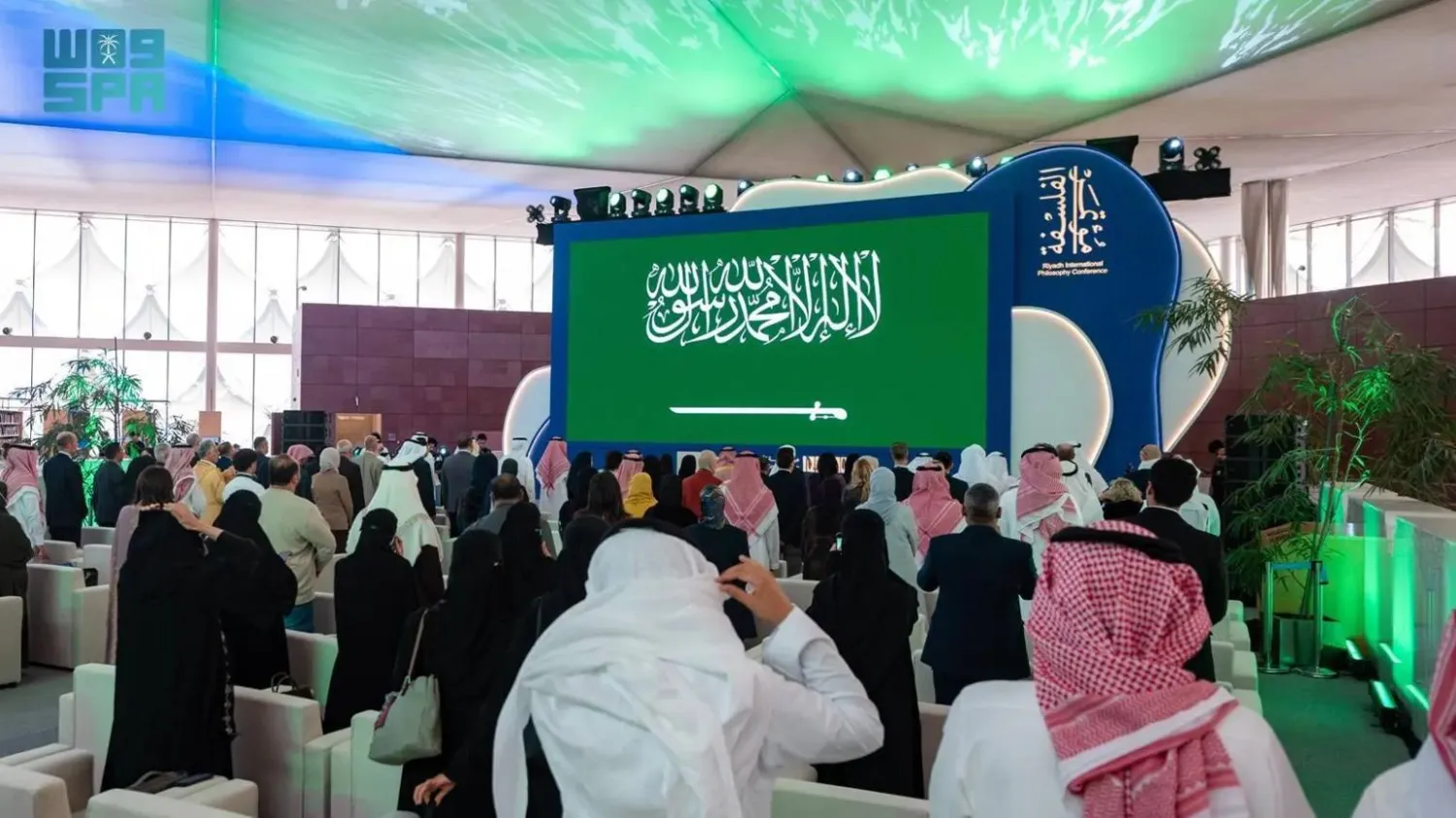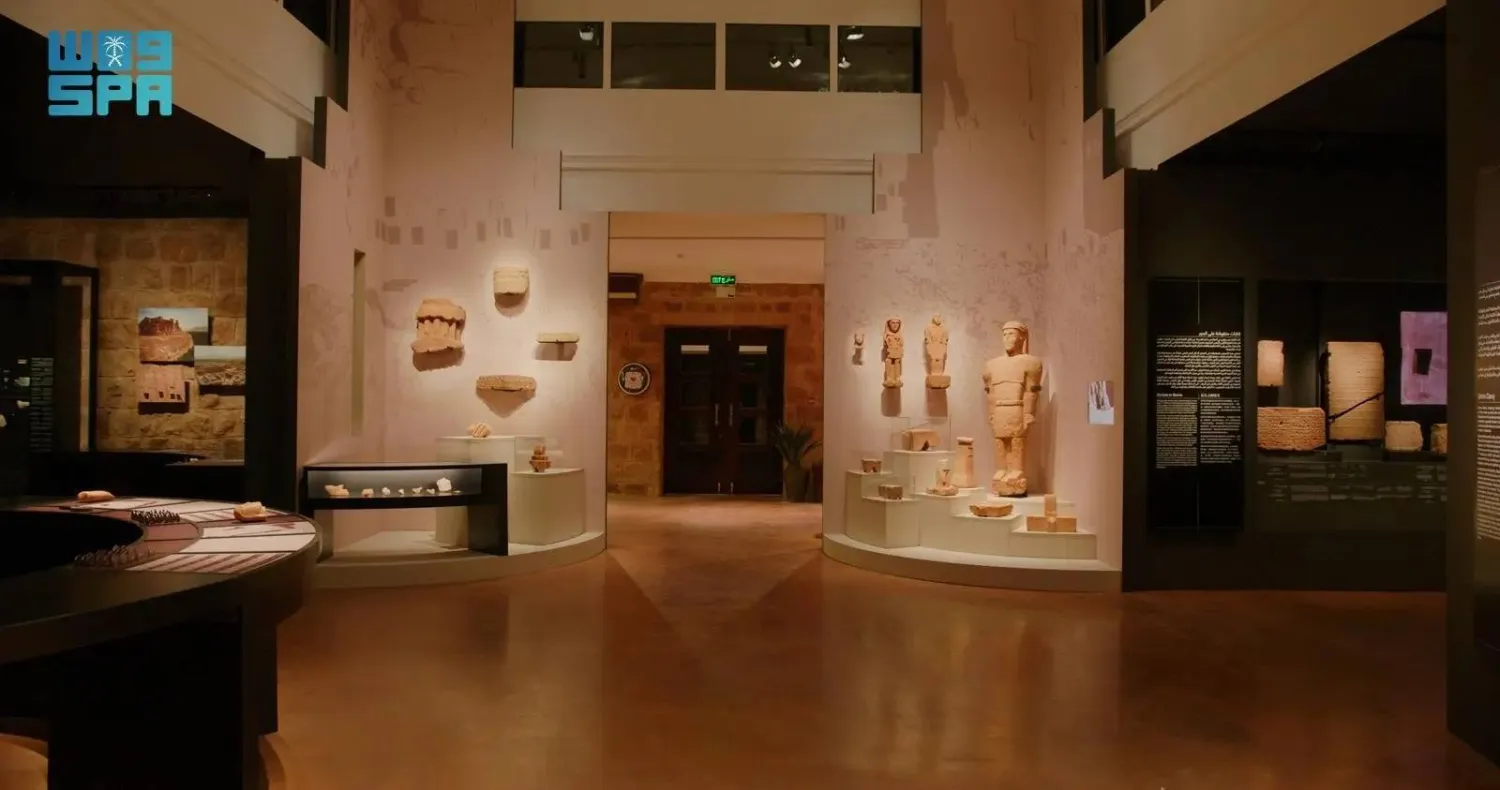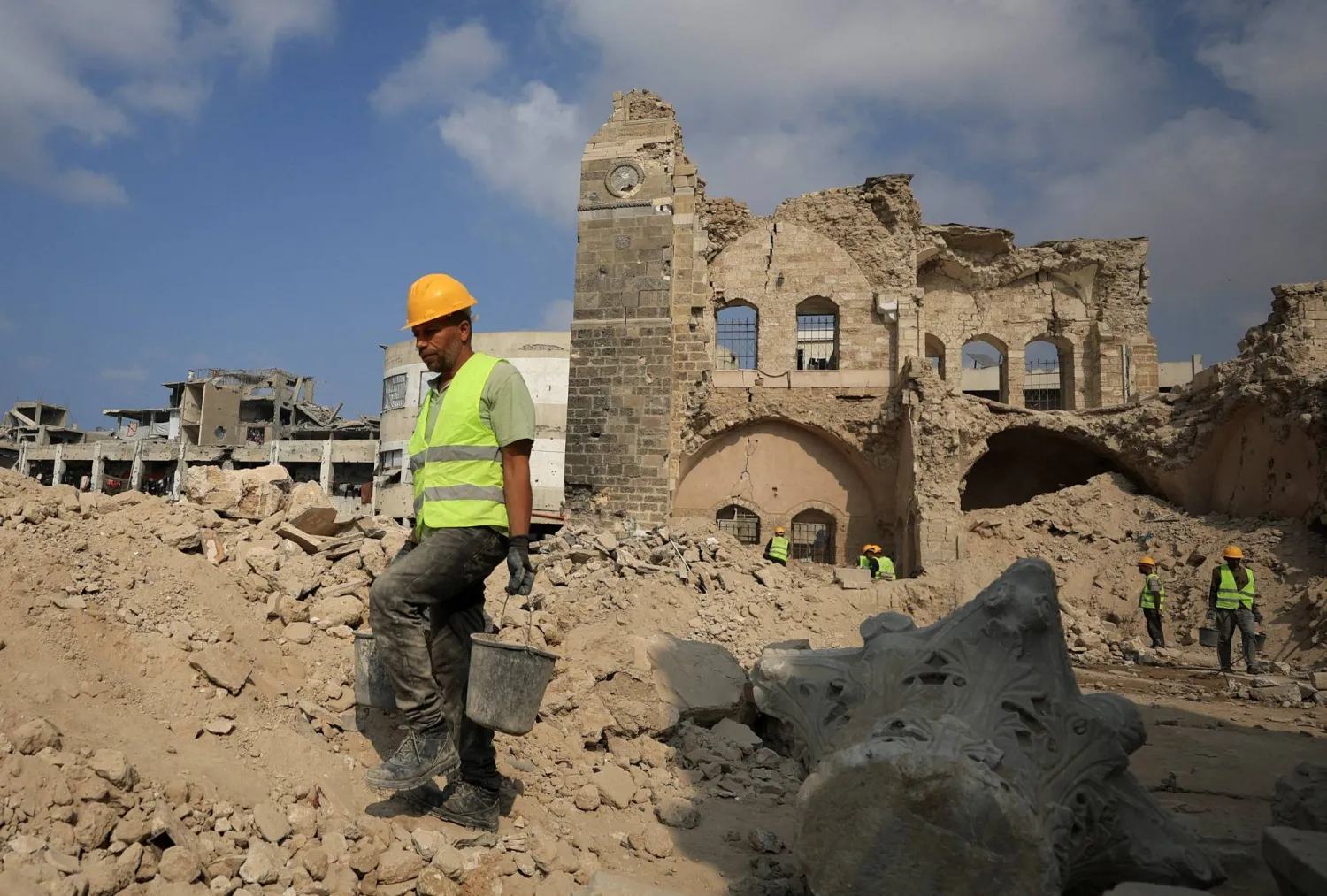Saudi Arabia is actively exploring its rich archaeological heritage, uncovering treasures that are prompting a reevaluation of the region’s history.
These efforts highlight the Arabian Peninsula’s significant role in human civilization, with many artifacts preserved underground or on rock formations.
Archaeological tombs discovered across Saudi Arabia provide a valuable opportunity to reshape the historical narrative of the Arabian Peninsula’s civilization.
Field research and ongoing exploration enrich these discoveries, led by Saudi researchers Dr. Eid Al-Yahya and archaeologist Dr. Qusai Al-Turki.
Their recent focus includes the “Al-Ajalah” (Wheel) tombs in various regions between Makkah and Madinah, and a unique musical instrument tomb found in Turbah city, near Makkah.
Exploring burial sites in Saudi Arabia is challenging and time-consuming due to the large number of tombs, their varied designs, purposes, and remote locations.
Al-Yahya and Al-Turki aim to uncover these tombs’ intriguing patterns, which often reflect themes of life, the heavens, and the afterlife, showcasing Saudi Arabia’s significant historical role in early civilization.
The researchers have named “Wheel” tombs as such due to their circular design resembling a wheel or a “Star Tomb,” resembling a four-pointed star.
This comparison stems from its pictorial symbolism in early cuneiform and its association with the concept of “star” or “planet.”
Al-Yahya, an anthropologist specializing in Arabian Peninsula civilization, conducted field surveys across thousands of tombs in Saudi Arabia.
This helped him and Al-Turki in identifying hundreds of thousands of such tombs, including the prevalent Wheel tomb pattern found in areas like Al-Mahd and Al-Baqum, and in regions between Makkah and Madinah.
The Wheel is described as a circular structure with pillars, featuring a burial chamber in one of its four sections. Originally intended for four individuals, only one person was buried there, visible as a dark spot in the northeast corner of the wheel, as seen in aerial photographs.
Al-Turki, known for his research on ancient civilizations between Iraq and the Arabian Gulf, noted similarities between Saudi Arabia’s Wheel tombs and tombs dating back to around 4,000 years ago in Mesopotamian writings.
This suggests that these tombs, shaped like wheels or stars surrounded by circles, were originally built in the Arabian Peninsula.
They symbolized connections to the universe, stars, and planets like Mercury, Mars, and Saturn.
Researchers believe that when migrants from the Arabian Peninsula settled in Mesopotamia, they brought this tomb design with them, integrating it into their cultural inventions, including writing.
In another find, coincidence led amateur Saad Al-Subai to discover a unique pattern of ancient tombs in the Bani Hilal area of southwest Saudi Arabia.
This discovery revealed a distinctive style found specifically in Turbah city, resembling a musical instrument with a tall column and a lower oval ring adorned with 17 triangular stone structures resembling strings.
The oval ring measures 50 meters north-south and 40 meters east-west, with a tail length of about 100 meters, width of 2 meters, and height up to 1.50 meters.
These triangular tombs start with an elevated base and slope towards the head, located at the center of the oval ring, marking the primary burial site for the most important individual.
Discoveries like these are reshaping our understanding of Saudi Arabia’s history and civilization.
Al-Yahya and Al-Turki continue their efforts to study and highlight the rich heritage of Saudi Arabia, emphasizing its historical significance as one of humanity’s earliest inhabited regions.









